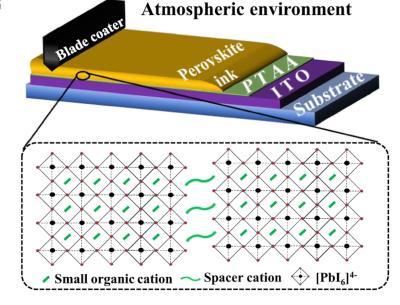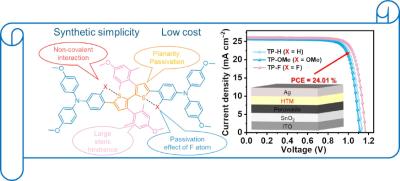Researchers develop a strain regulation strategy for high-performance, fully textured perovskite/silicon tandem solar cells
Integrating metal-halide perovskites with the industrially textured Czochralski silicon for perovskite/silicon tandem cells shows great promise for low-cost manufacturing and ideal light trapping. However, the conformal growth of high-quality perovskite film on fully textured silicon remains challenging due to the lack of effective regulation of structural evolution and residual strains.
Recently, researchers from Nanchang University, Suzhou Maxwell Technologies, The Hong Kong Polytechnic University, CNPC Tubular Goods Research Institute, Henan Normal University, Southern University of Science and Technology, Chinese Academy of Sciences, City University of Hong Kong, Yunnan University, Harbin Institute of Technology (Shenzhen) and Fudan University reported a strain regulation strategy by forming a 3D/3D perovskite heterojunction at the buried interface through a vacuum-deposition method applicable to pyramidal texture. They found that the strained heterojunction enables high-performance, fully textured perovskite/silicon tandem solar cells that achieve an efficiency of up to 31.5%.





